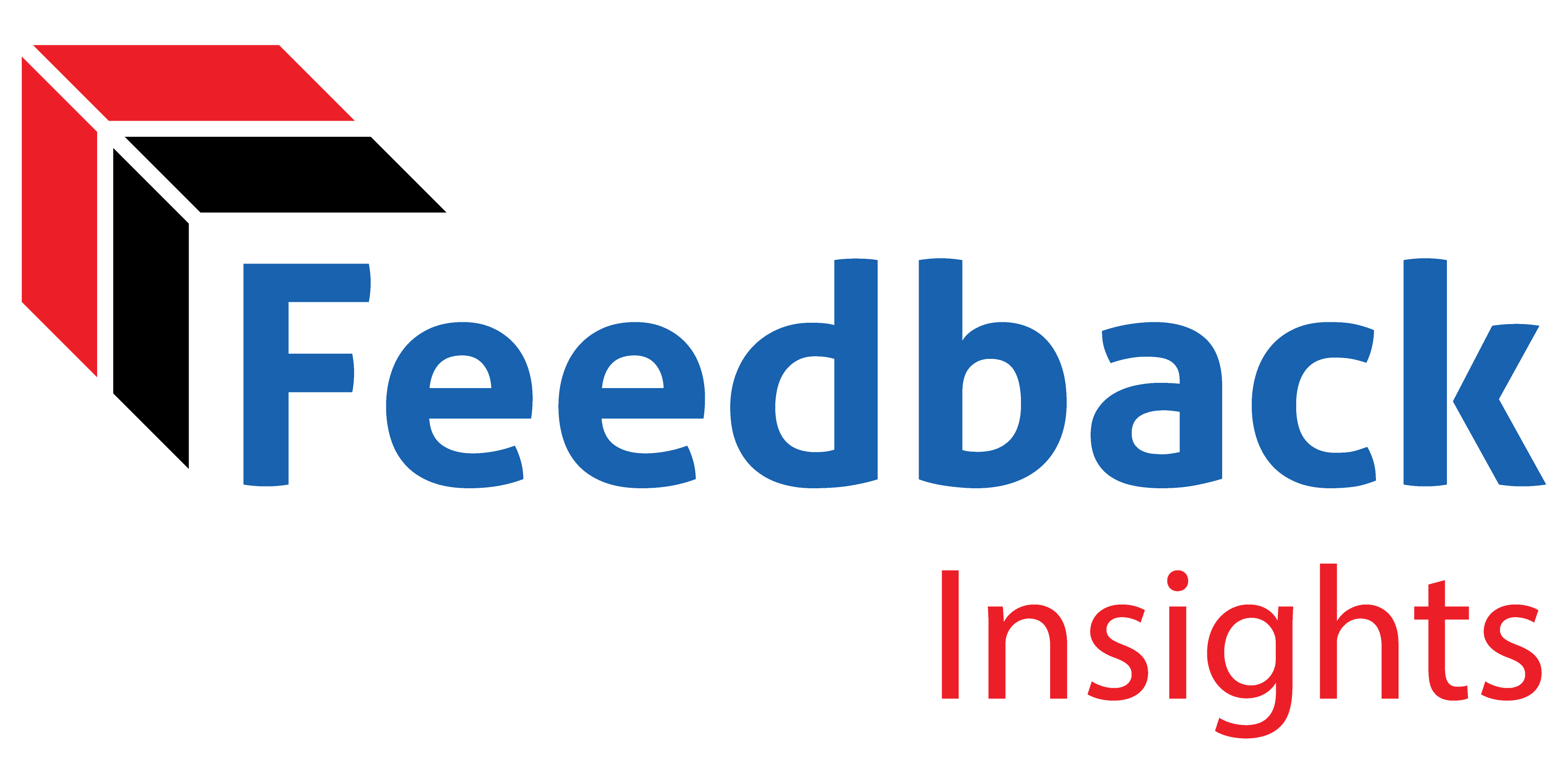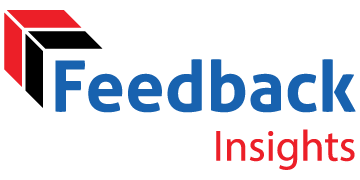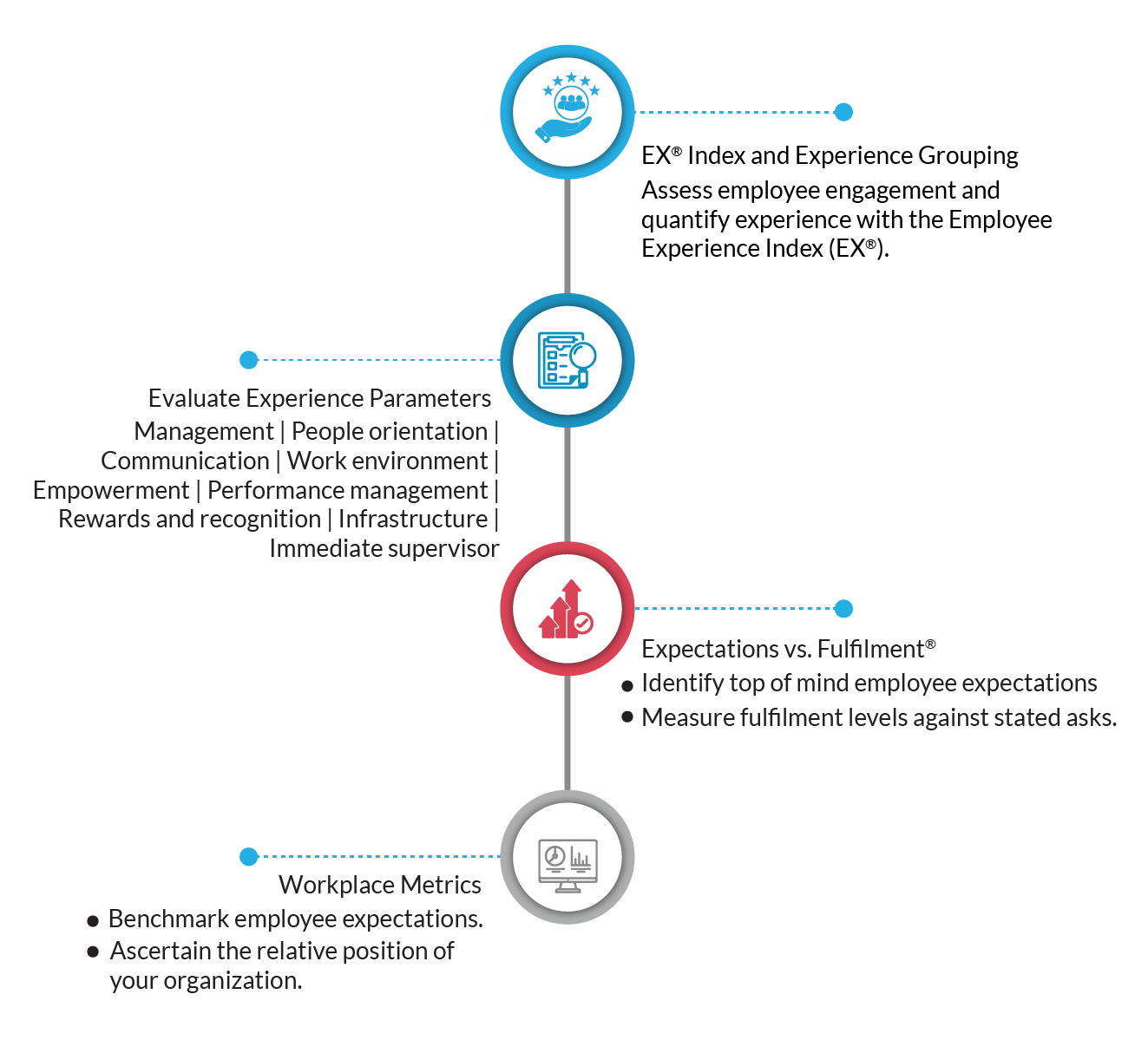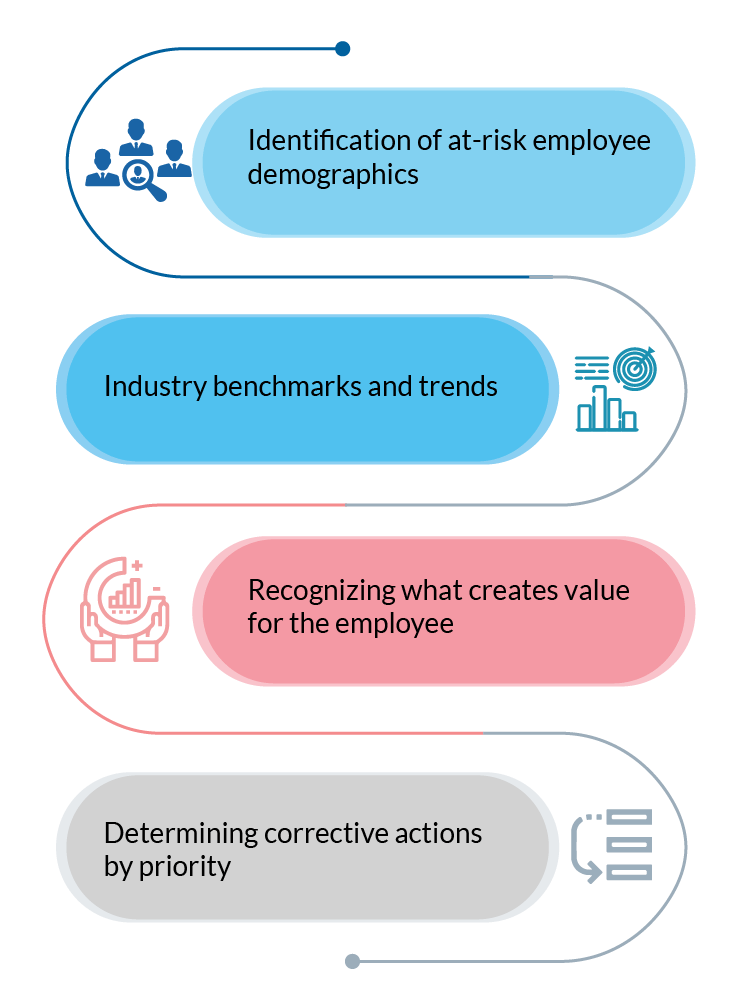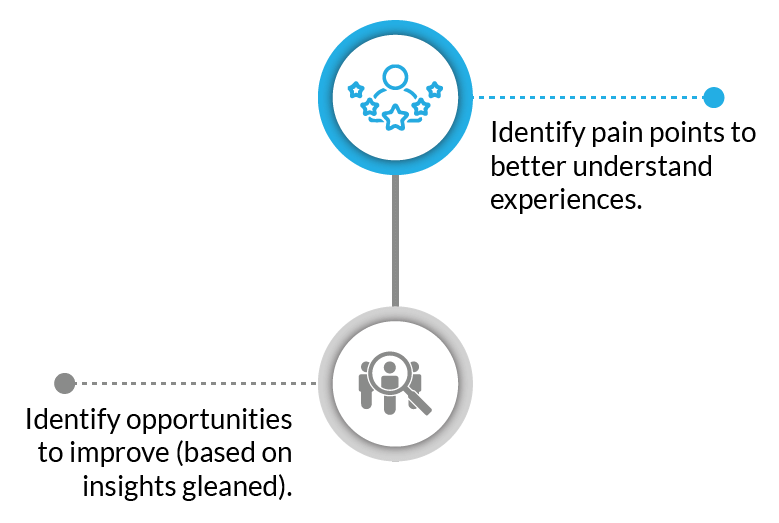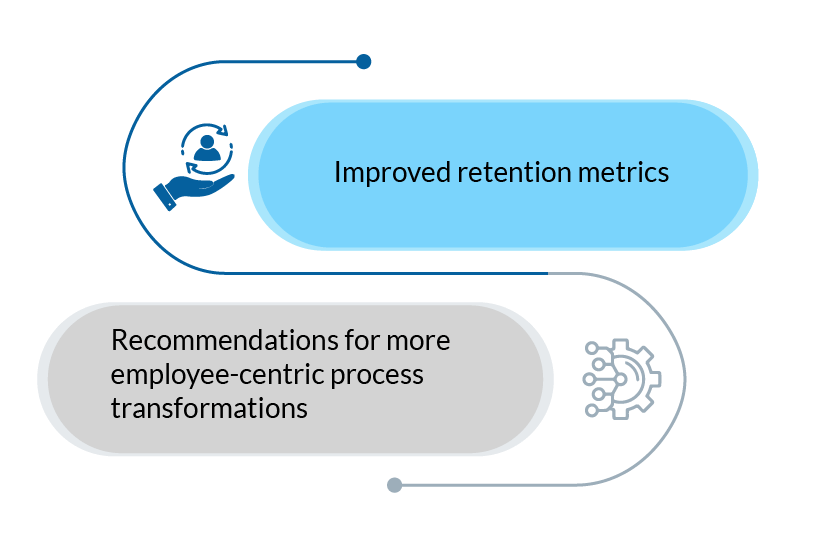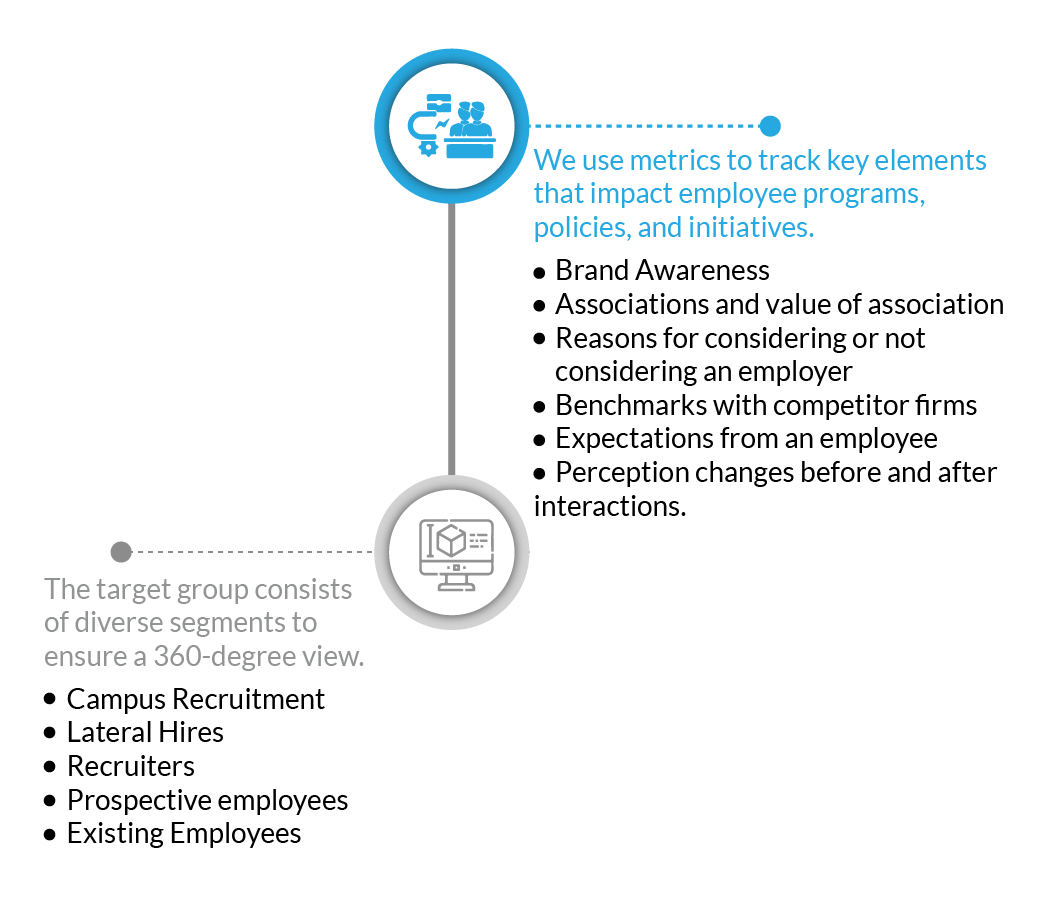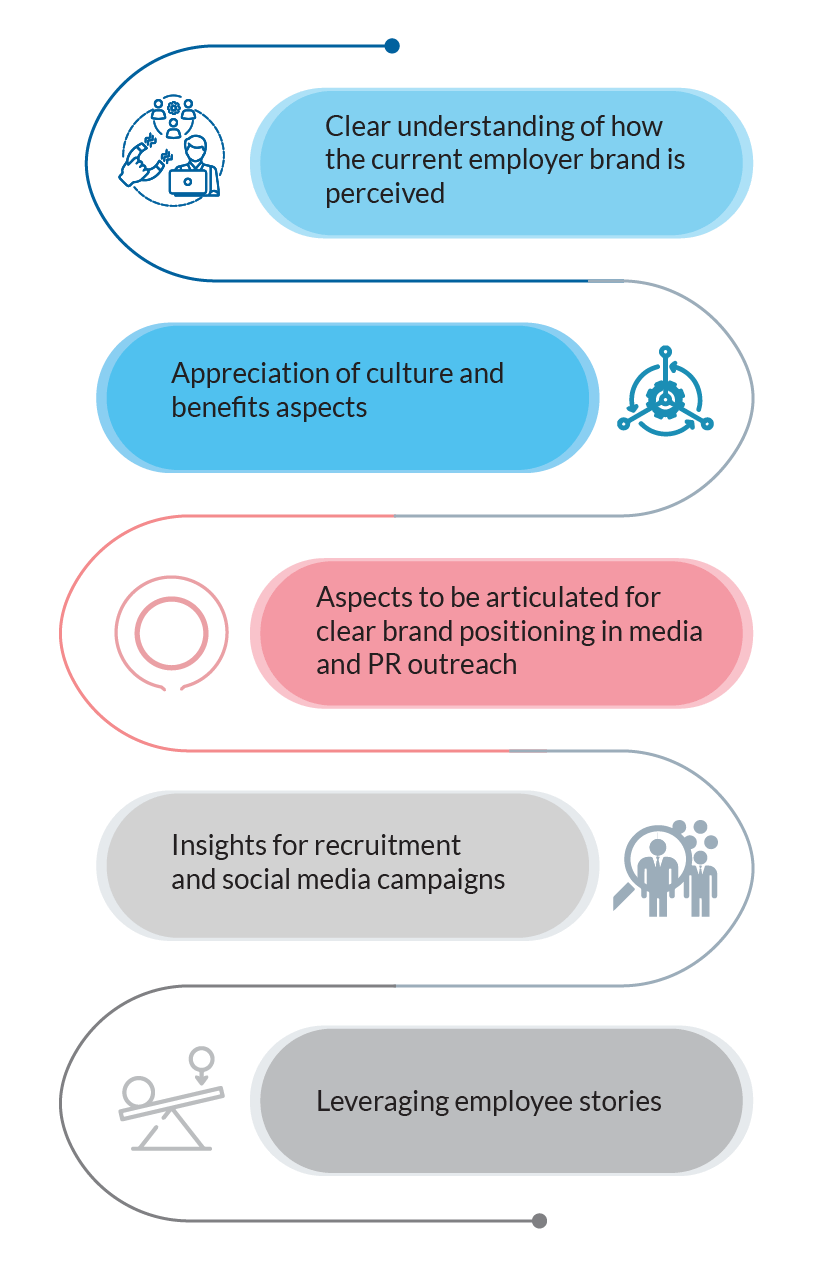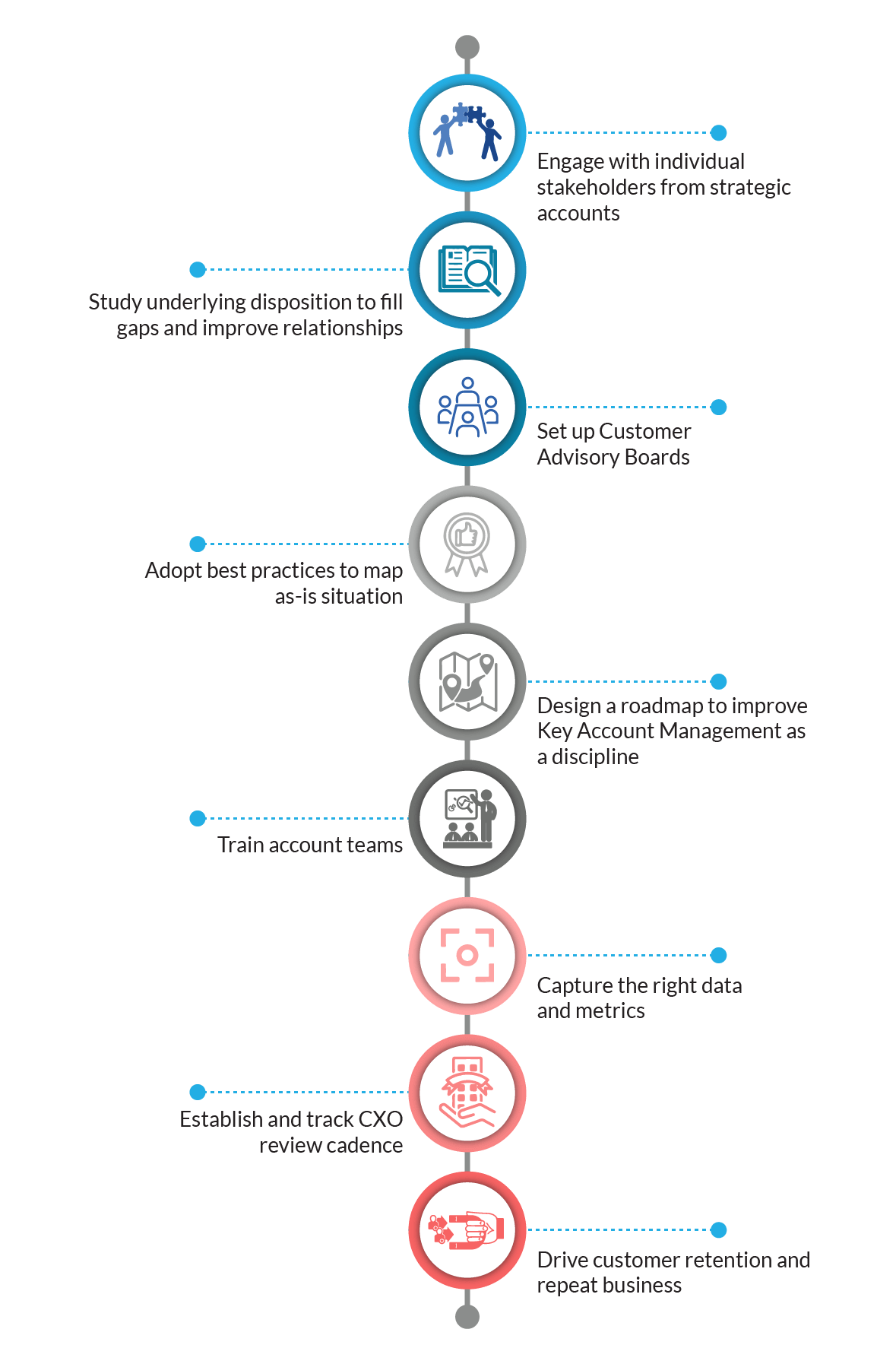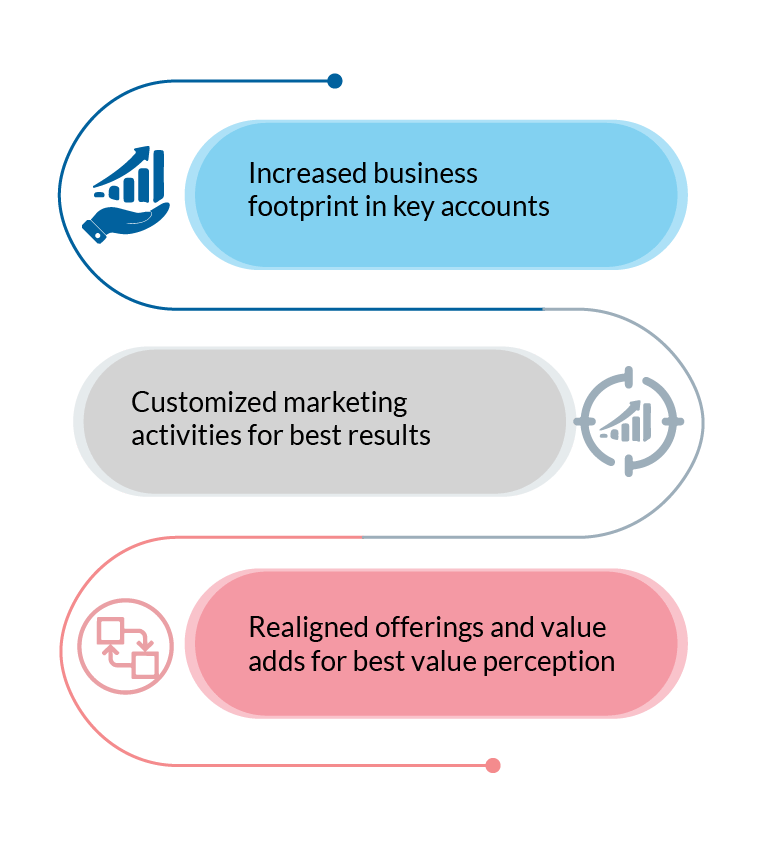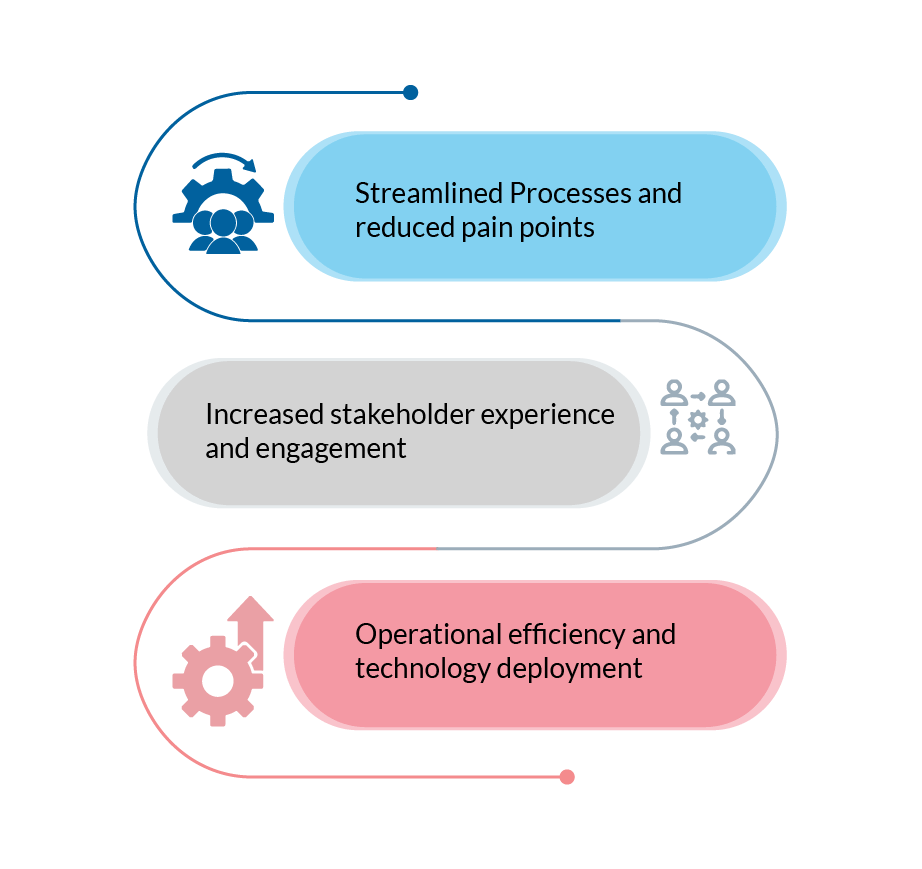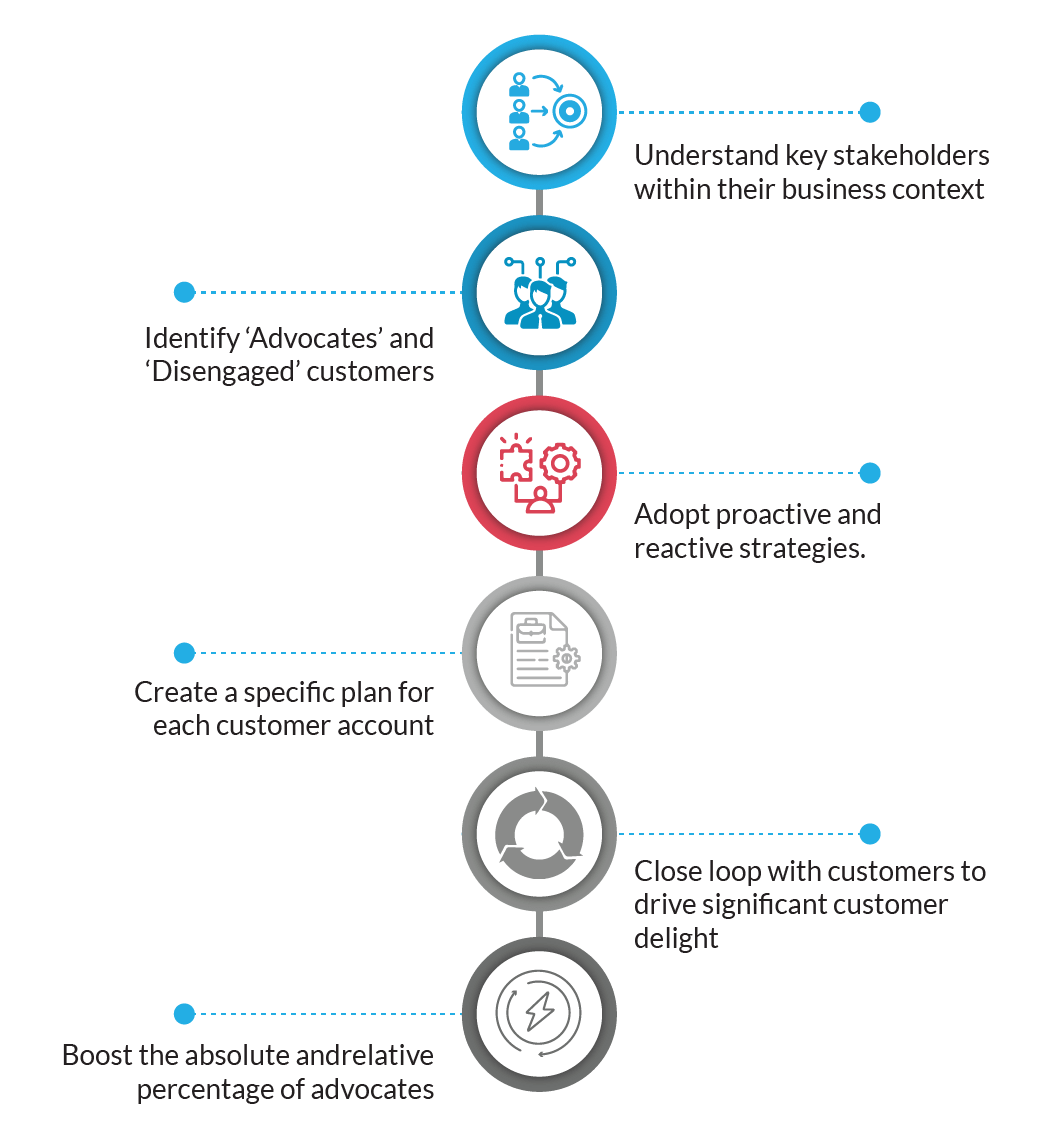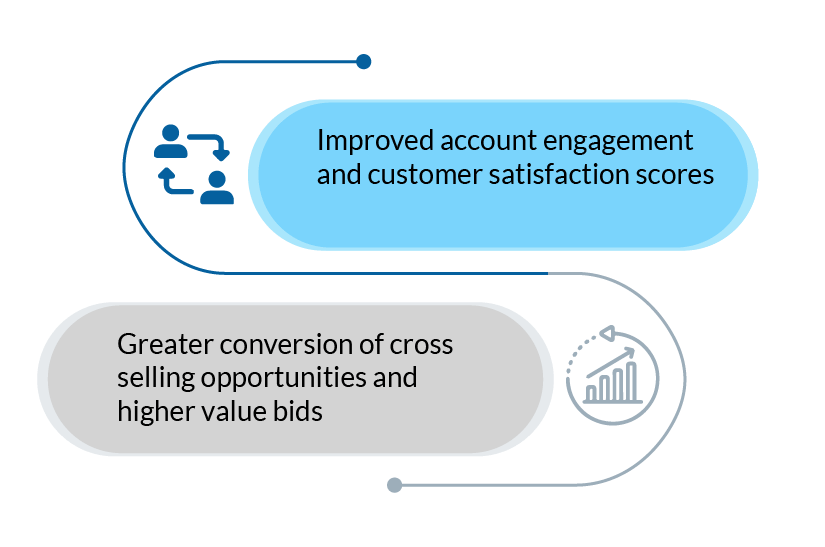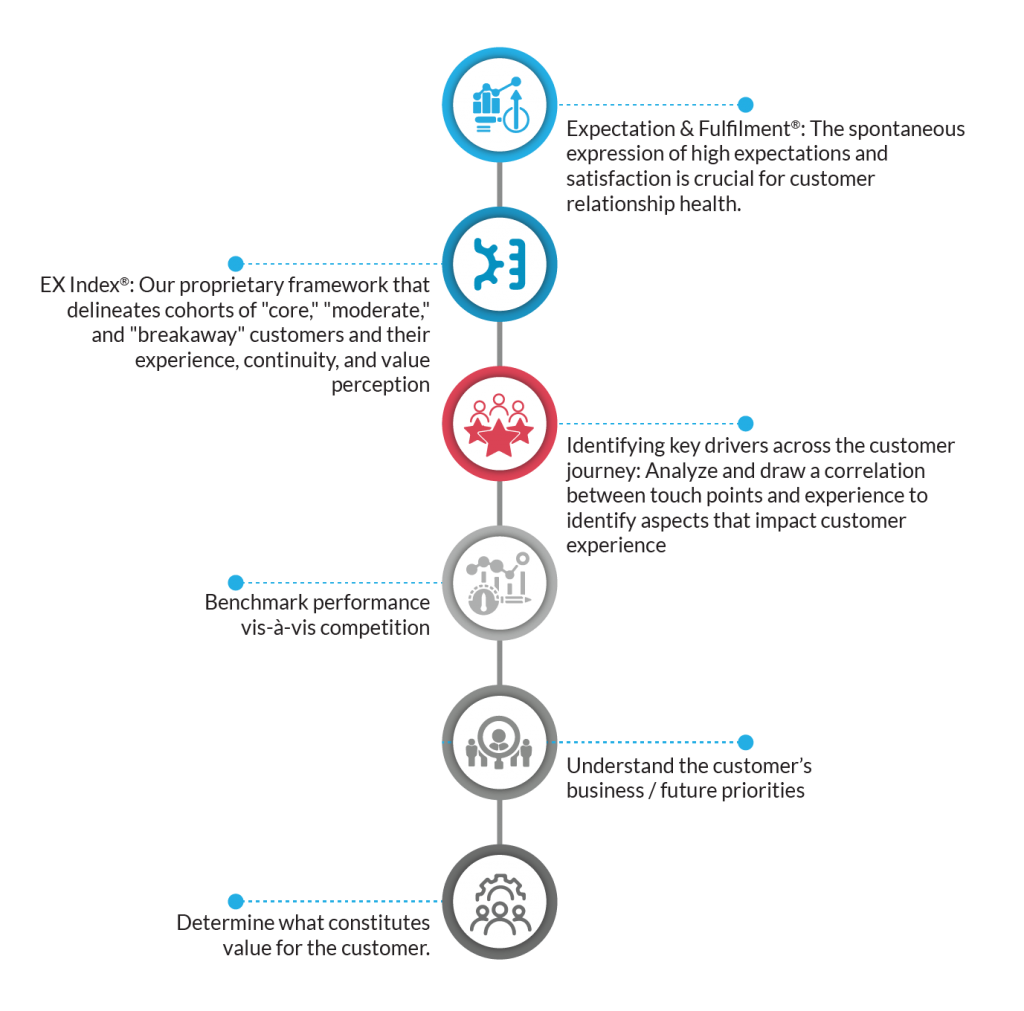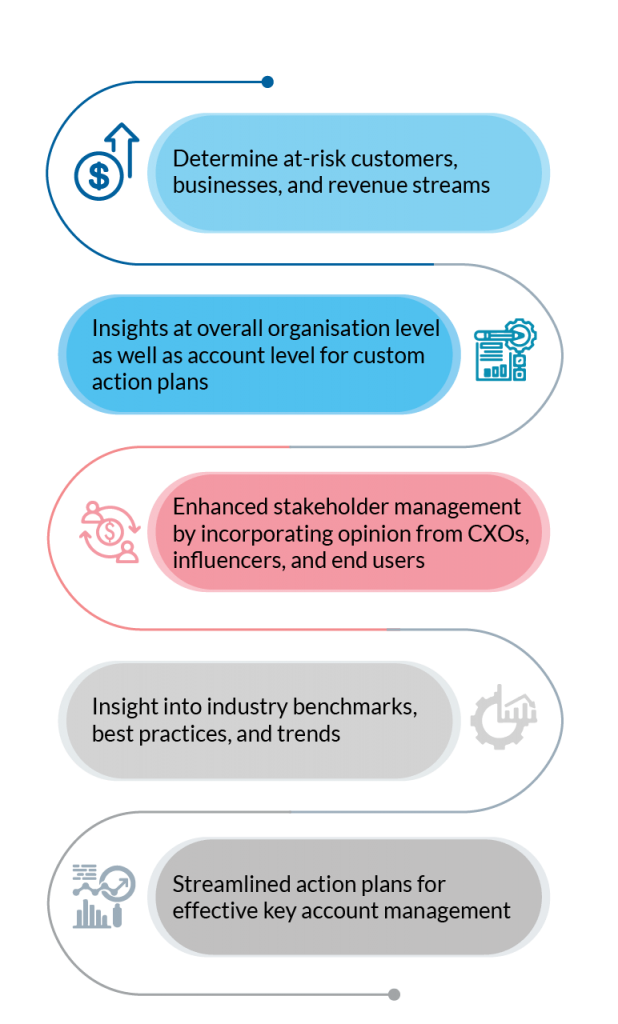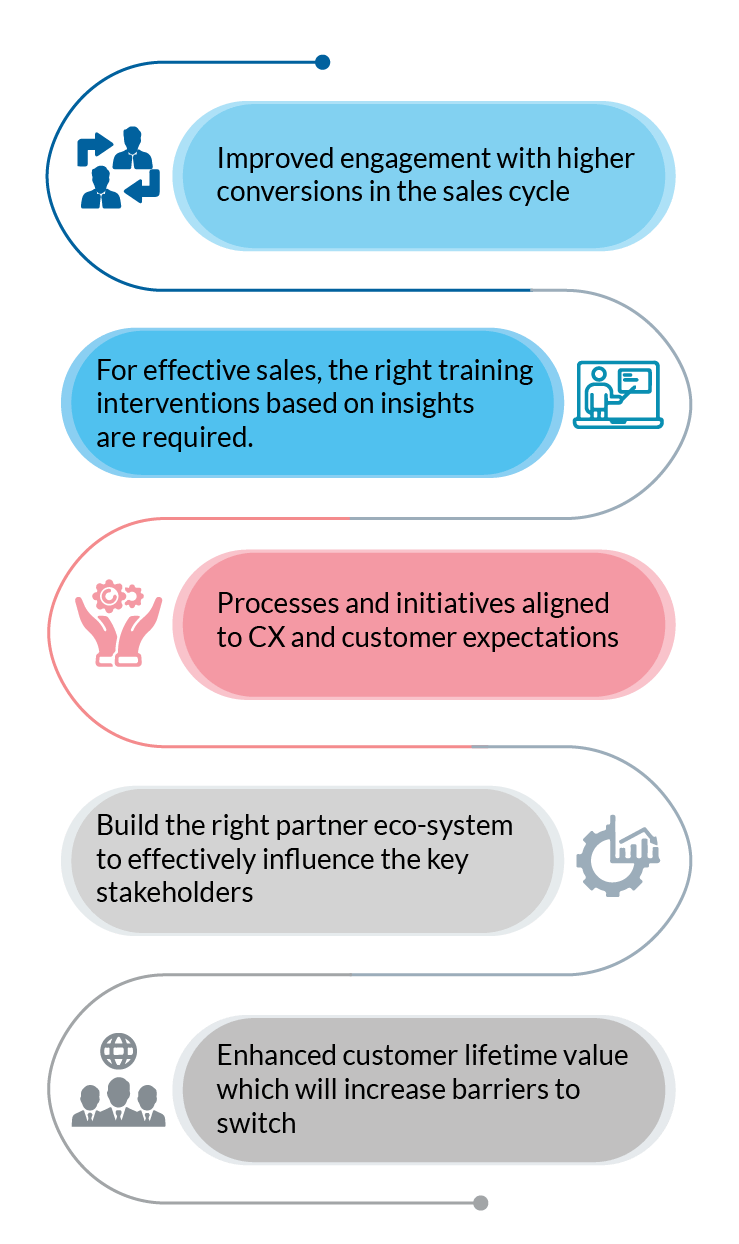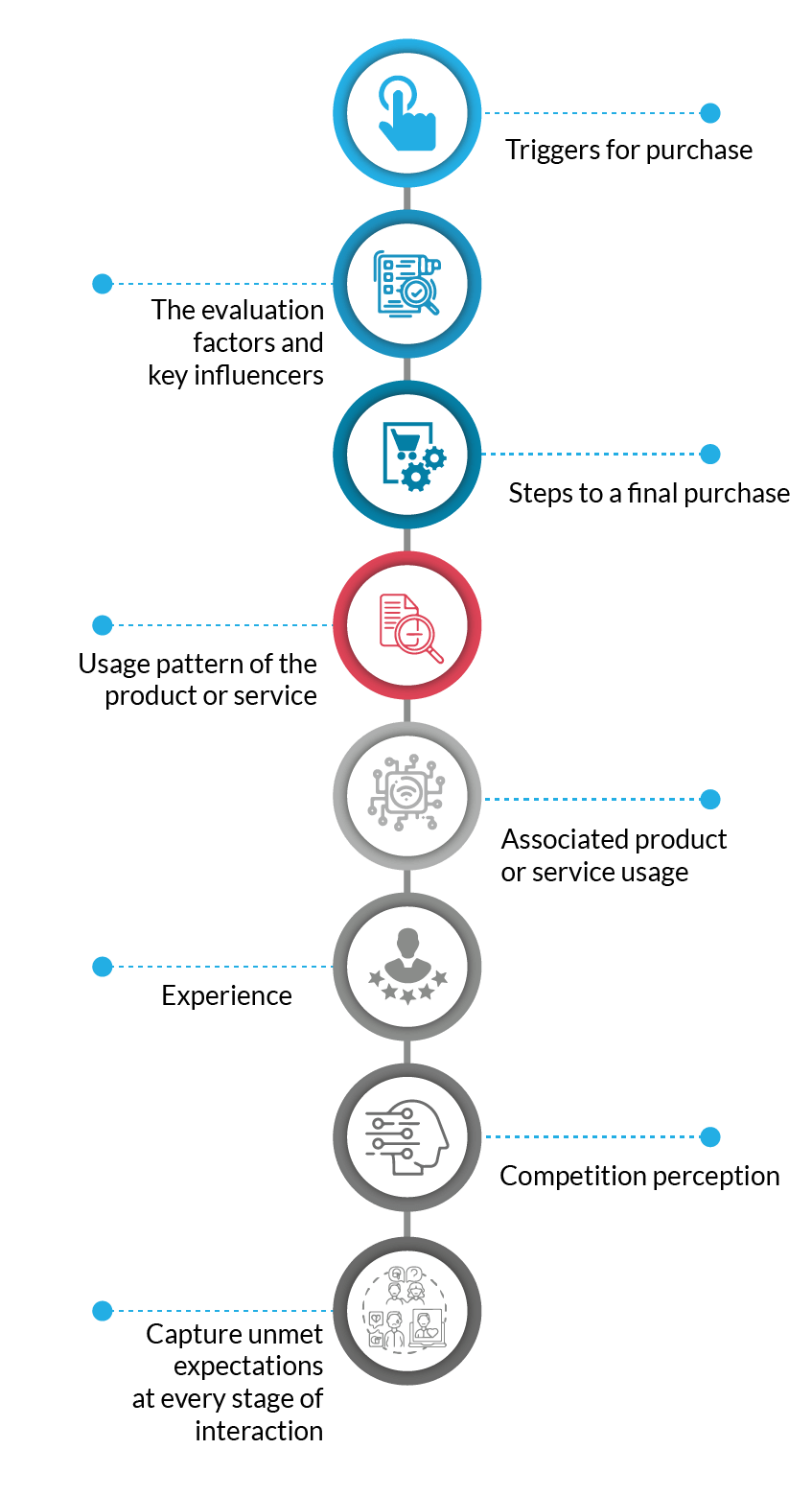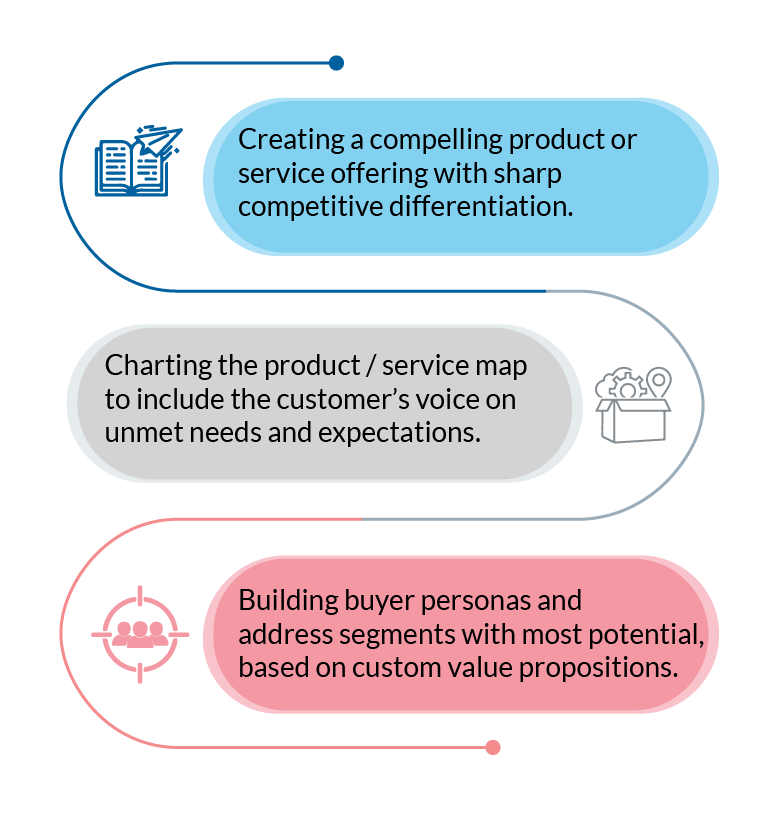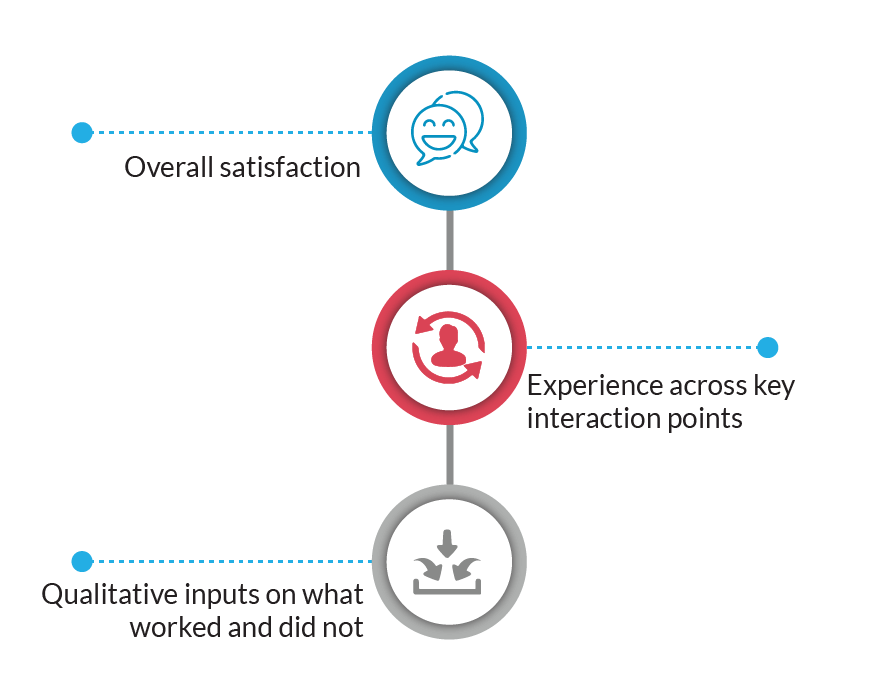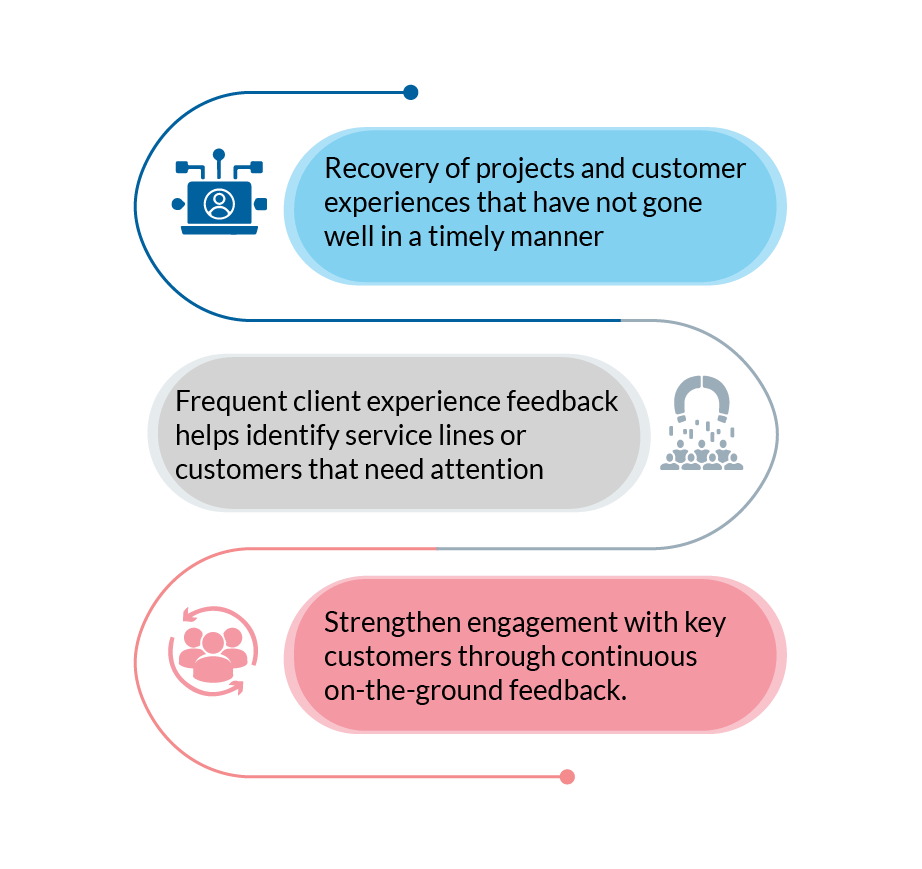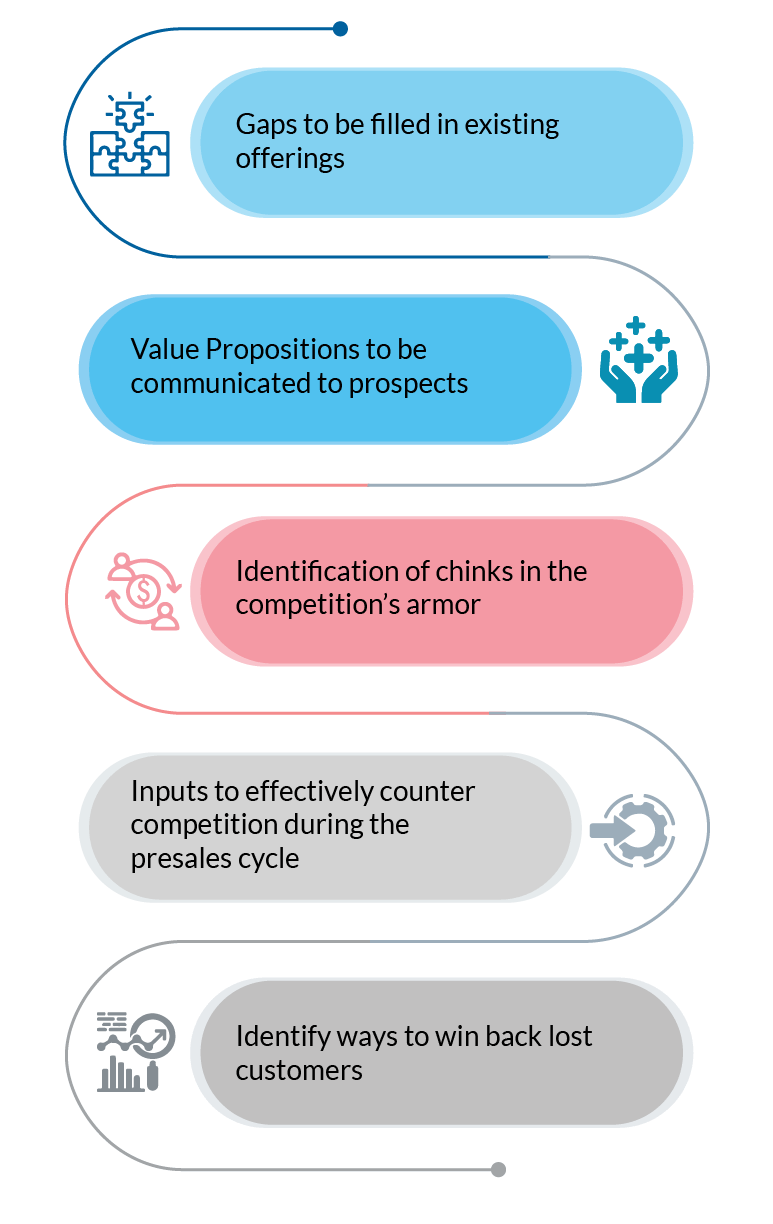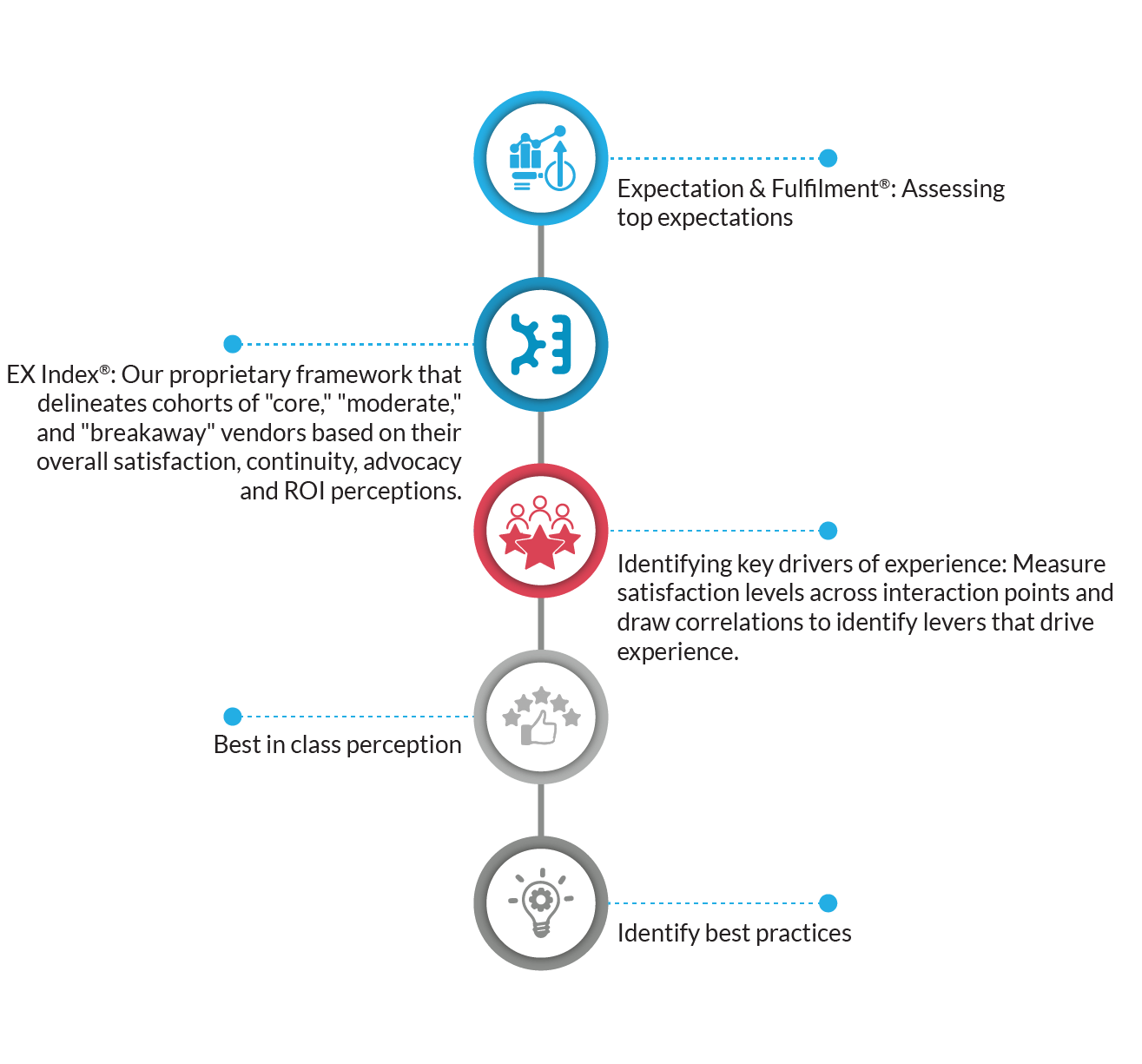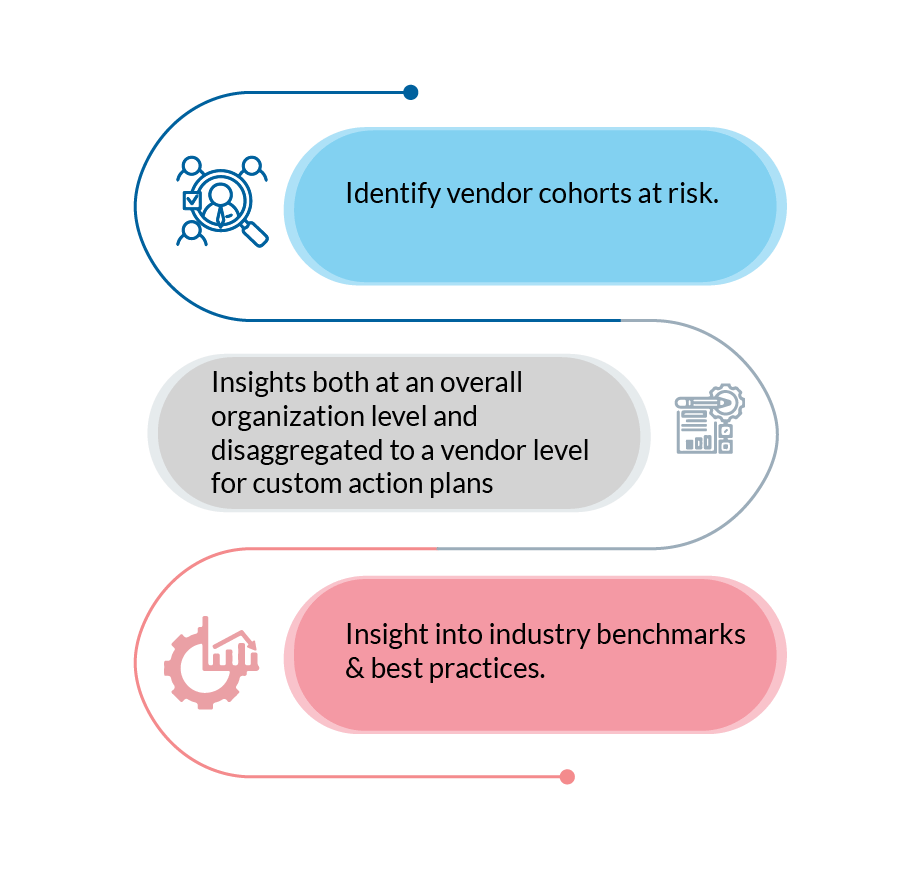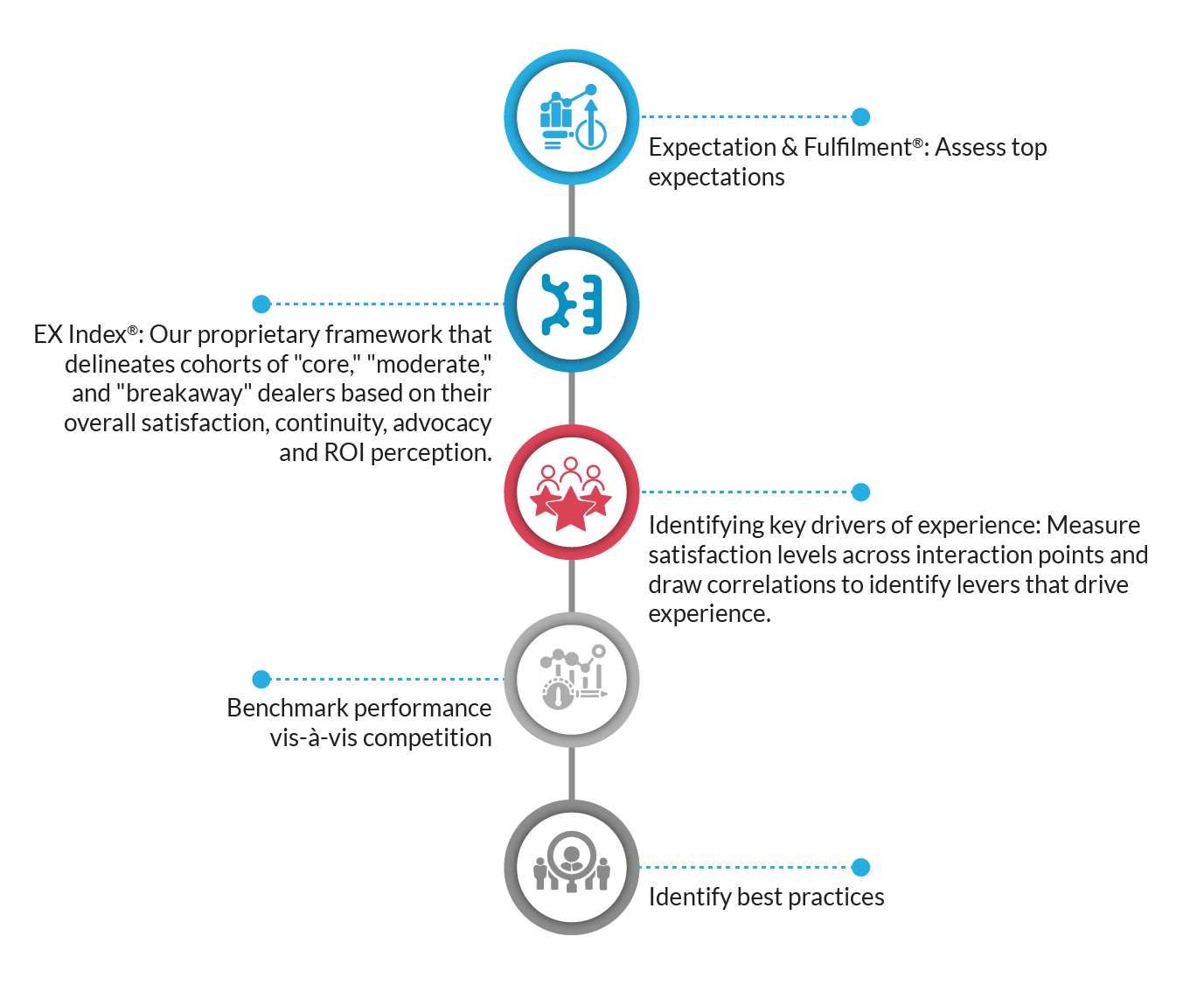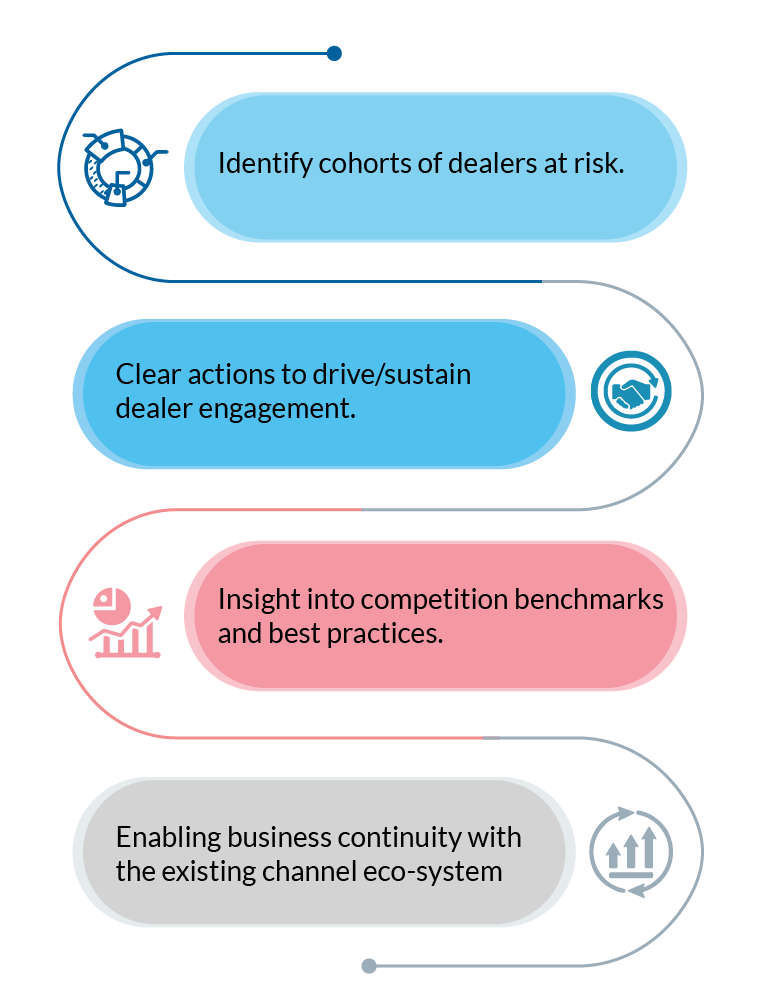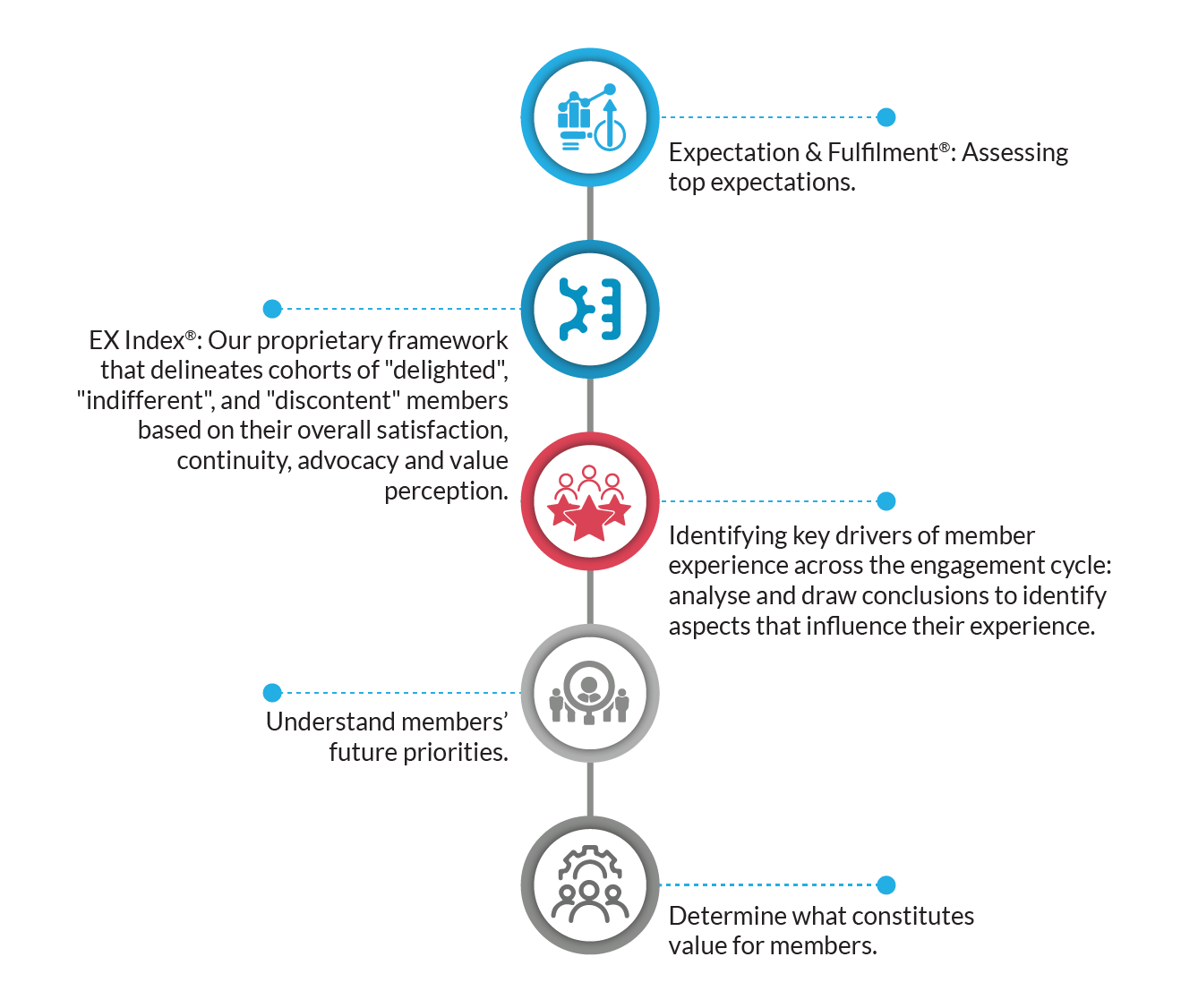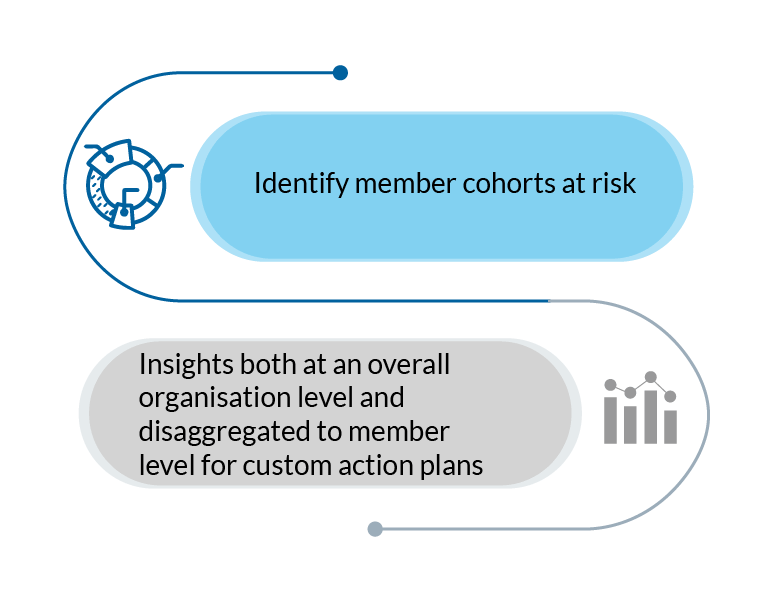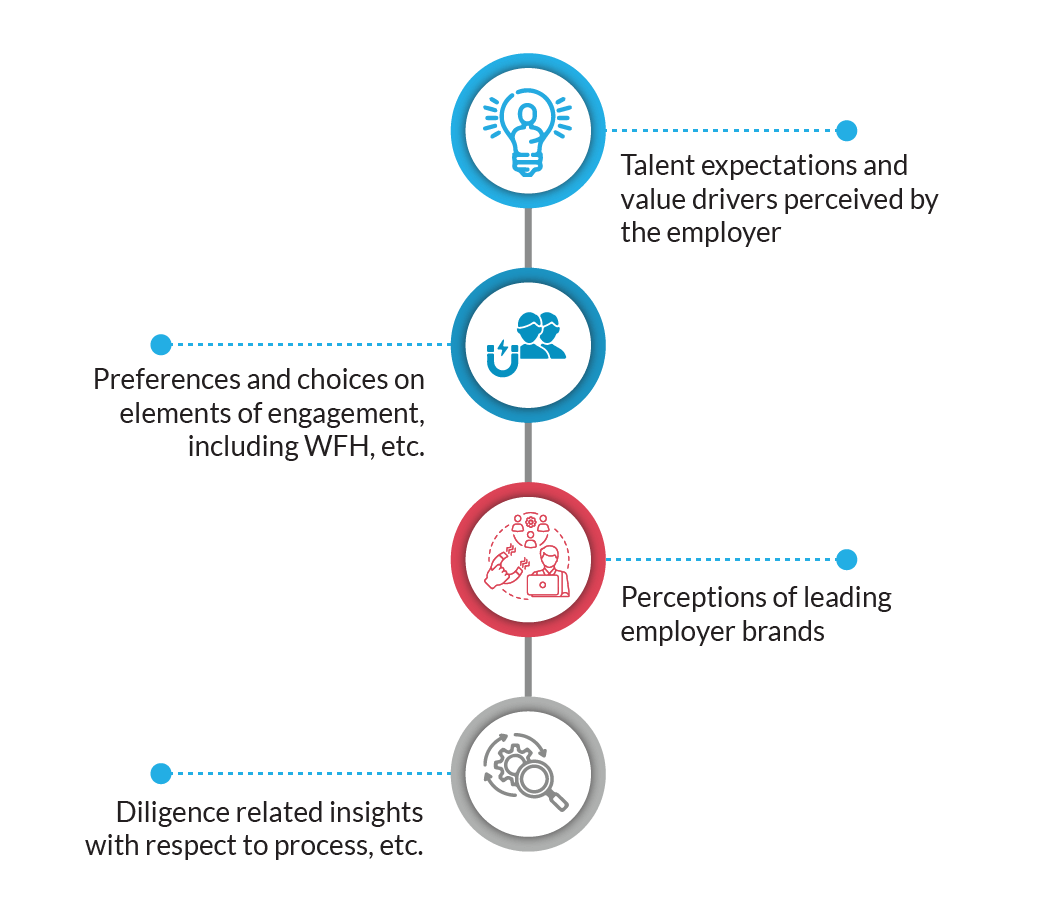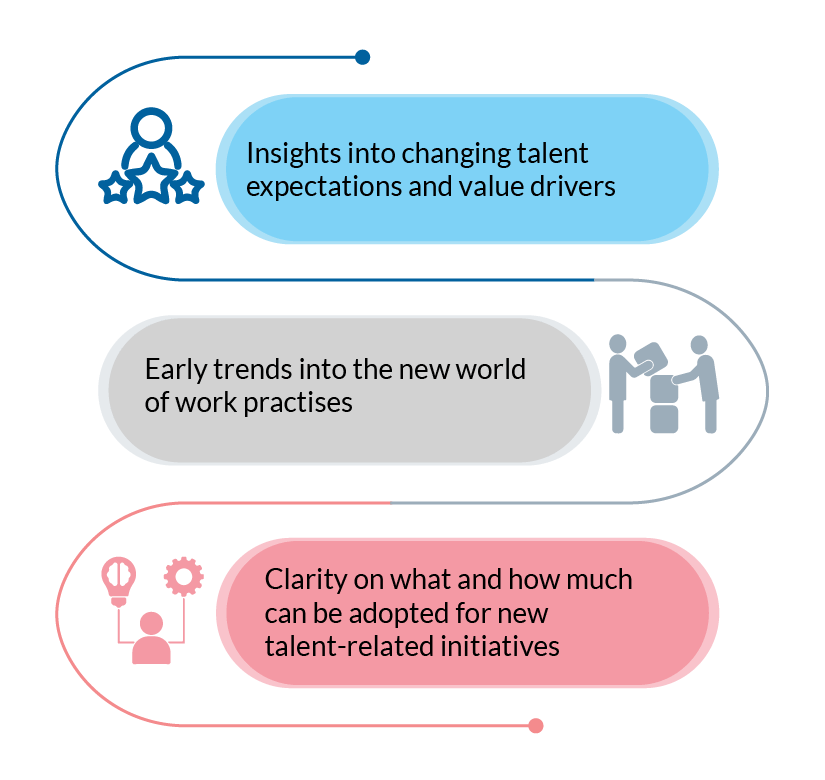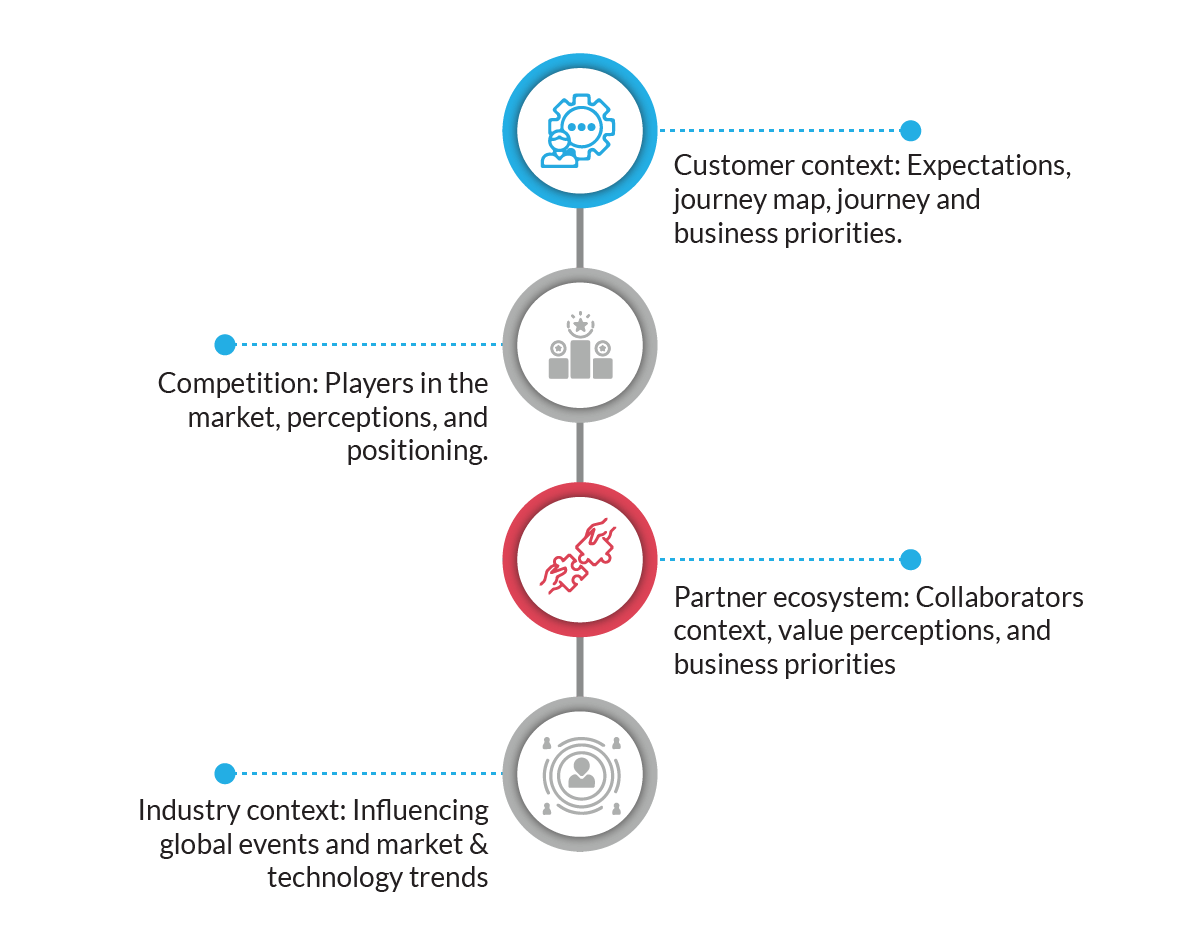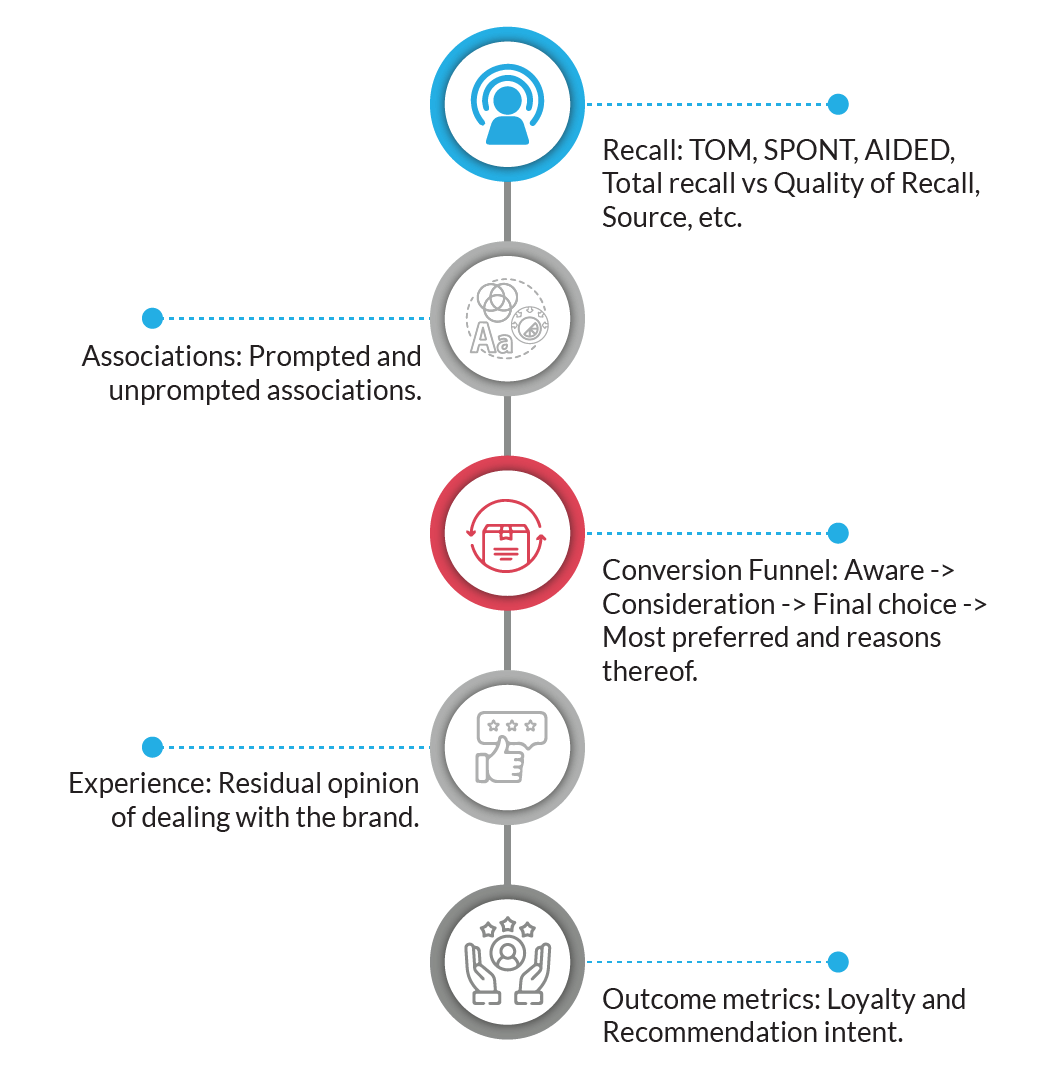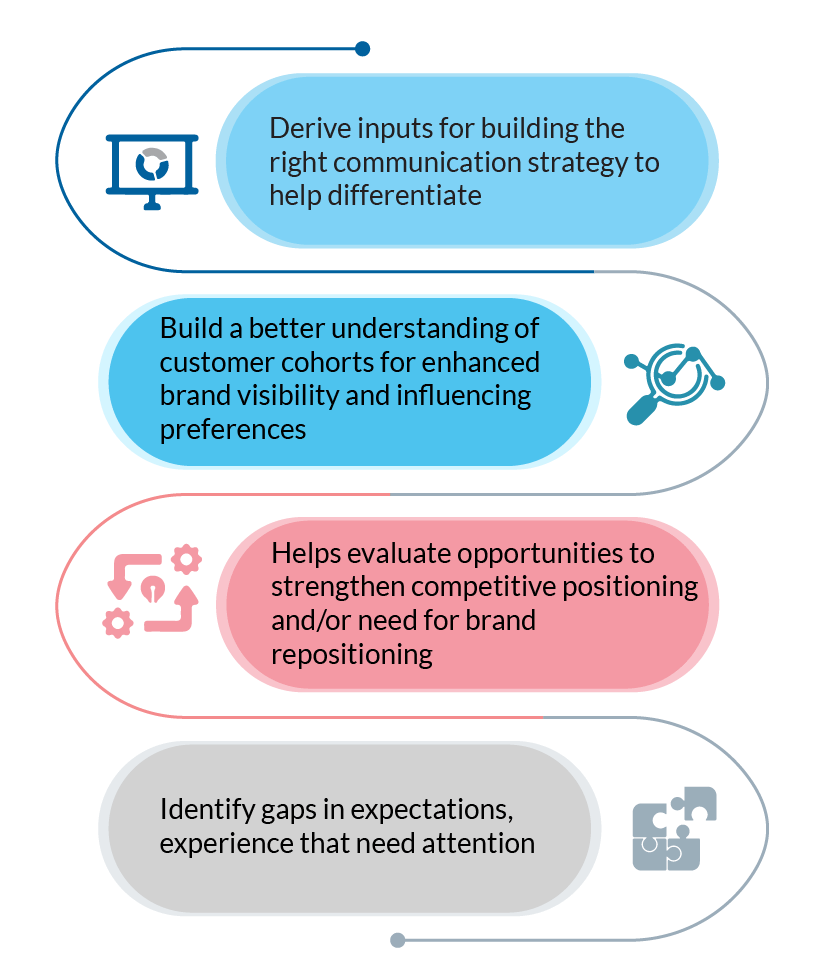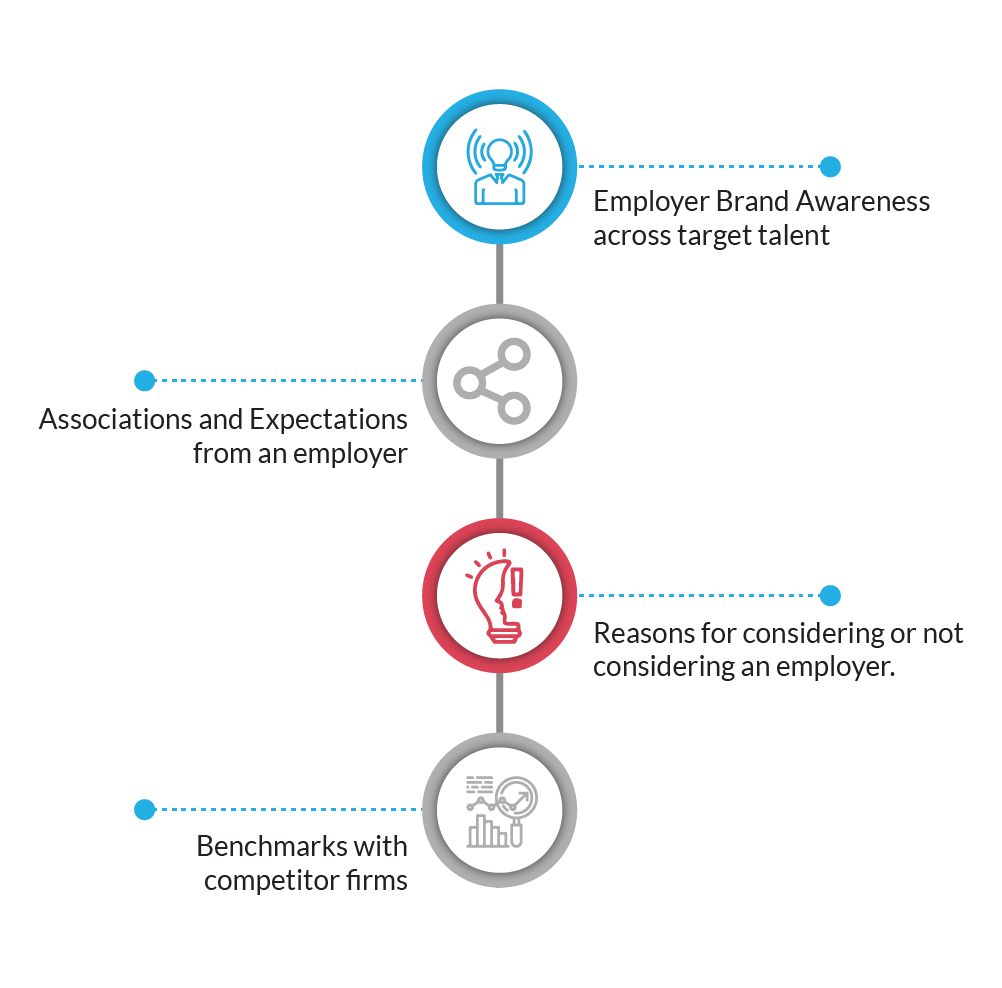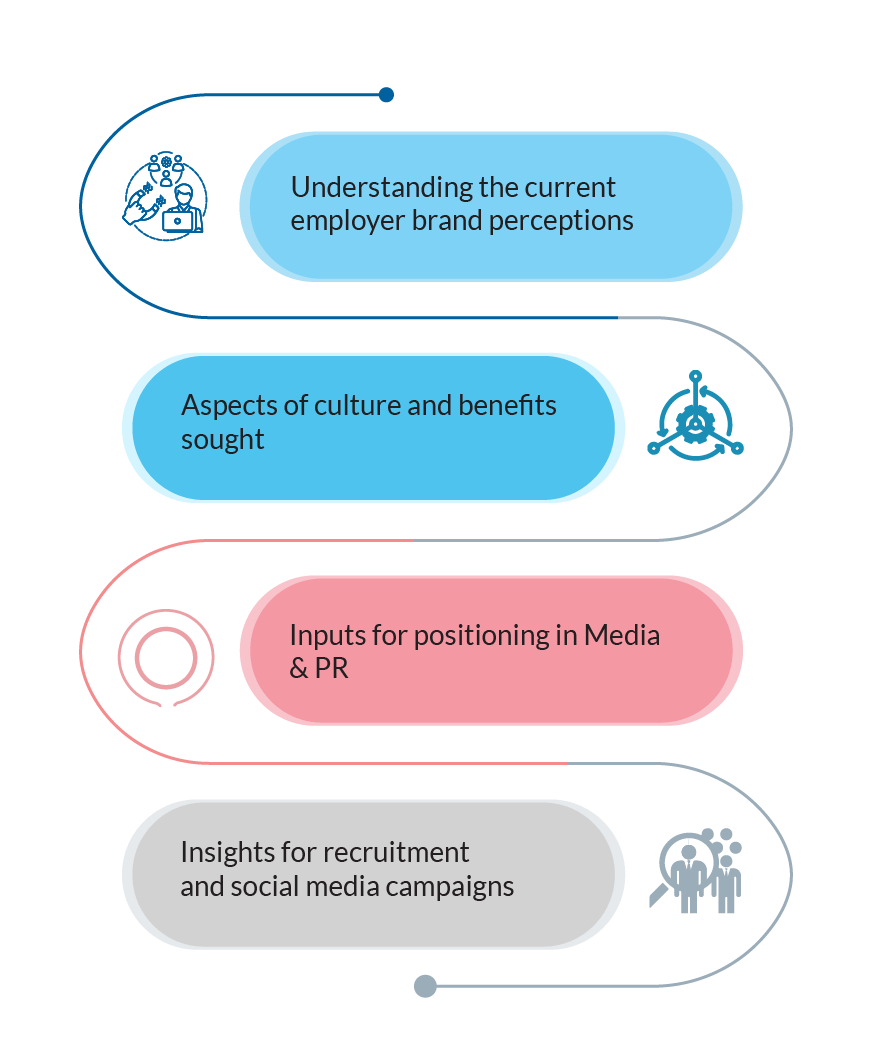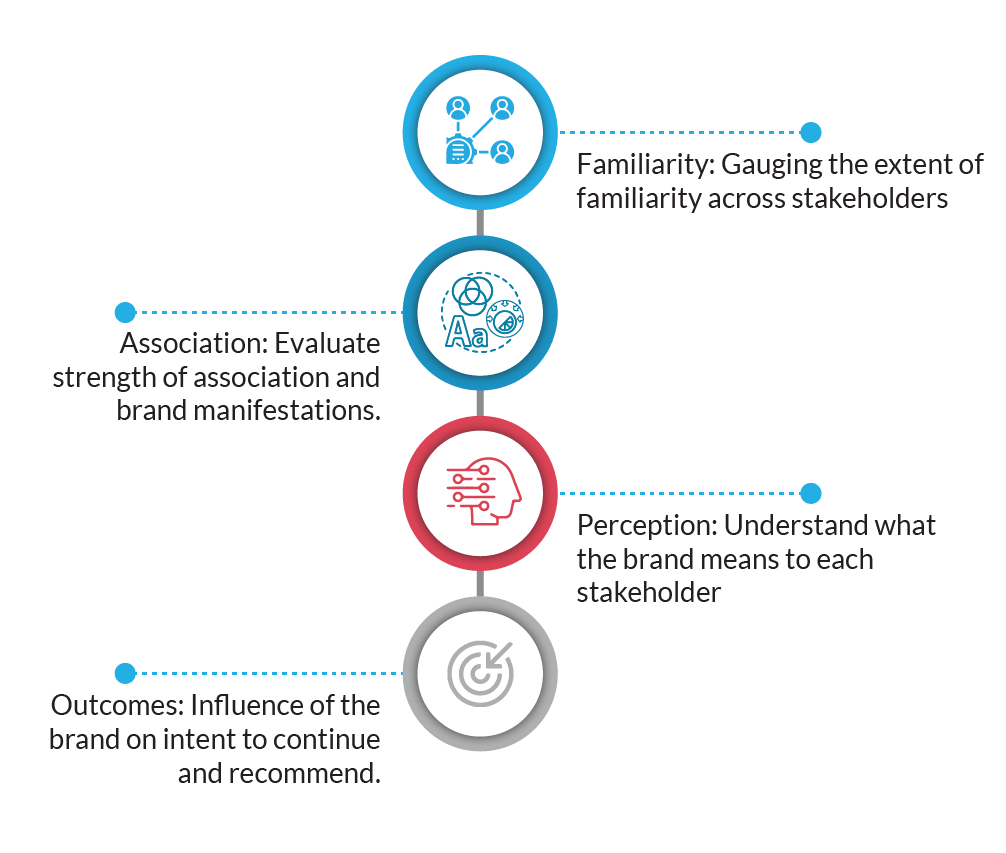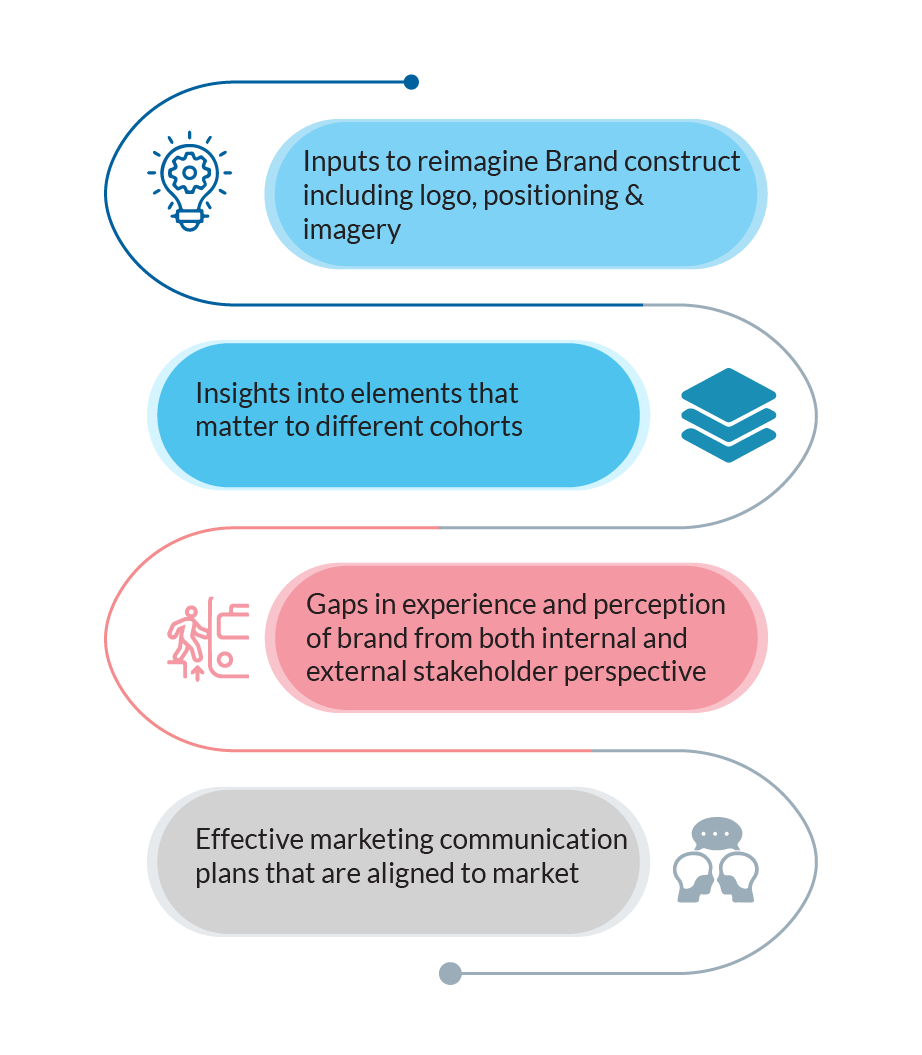When Messi lifted the FIFA world cup trophy in 2022, it was his dream coming true. But there was another winner, too, the power of predictive analytics. 150 years of international football match results went through a machine-learning training mechanism. Sophisticated algorithms crunched zillions of data points and delivered predictions. A face-off between France and Argentina was predicted, with scales skewing towards Messi magic. Yet the prediction accuracy was claimed to be only 60 – 70%.
It clicked. It could have failed, too, as it did in predictions for Quarters.
A year later, we have a new avatar, the Generative AI, seeming omniscient and omnipresent. With the advent of Chat GPT, investment in generative AI companies crossed $2.1 billion in 2022, up tenfold from 2021.
So, could Generative Artificial Intelligence (Generative AI) have taken the FIFA prediction to near 100%?
We can only guess.
Coming back to Market Research, we definitely dwell on more than the predictive. Research is geared to provide insights to organizations and answers to their business conundrums.
Data is never in shortage. But quality insights are.
A popular adage goes, “Water, water everywhere, but not a drop to drink!” In our current business context, this is how one could describe data. With data availability soaring, there is an overwhelming need to connect the dots, build the right narrative, and understand the landscape holistically.
How then can Generative AI play its hand in research and analysis?
The strength of cost and scale
Generative AI such as Chat GPT responds to prompts based on trained data. Built on Large Language Models; it is trained to generate natural texts from huge amount of data.
We asked ChatGPT3 about its role in Market Research. It claimed the following advantages.
- Speed and efficiency.
- Objectivity
- Scalability
- Adaptability
These efficiencies deliver cost, time, and scalability advantages over manual processes. And therein definitely lies an opportunity. Barring one grave assumption, data available on Internet as the main source for analysis. Thereby, having no real room yet for triaging, contextualizing, or even reading between the lines
The haze of hyperbole and claims
Data collection in Market Research is nuanced and targeted. It requires intelligent queries to get relevant responses. Insights emerge when data is contextualized, correlations and causality understood, and a strong narrative formed.
Research and analytics experts are not new to technology. We have been leveraging AI, ML, and advanced analytics for a while. However, it is our expertise and experience that differentiates or adds power to the findings.
A generative AI tool can definitely add more horsepower to this.
The question of either or
Fear of job loss loom large. There is a lot of noise about Generative AI replacing human workforce. But such scenarios have played out many times. Generative AI is the new challenger in the game.
But is it really an enemy?
ChatGPT contradicts this claim. It says, “Humans bring unique perspectives and experiences to research that cannot be replicated by a machine. They can incorporate cultural and historical context, as well as personal insights and experiences, into their analyses, providing a more nuanced and comprehensive understanding of the subject matter.”
And that’s where the balance tilts.
Generative AI will definitely increase both agility and speed. But it will still rely on data that is available as it were, polarized, perhaps fake with no capability for original thinking.
While we are weighing in human and technology equation, the opportunities are in leveraging this new tool for what it is.
On this point, at least, it has the last word. “My creators designed me to be a tool that can support and augment human intelligence and knowledge rather than to replace it.”
